 We have a row of arbor vitae trees in the backyard. They provide a nice visual block between us and the neighbors, but during the recent snow storm, they took quite a beating. The tops of the trees were bent down so far that I could hit them with a broom!
We have a row of arbor vitae trees in the backyard. They provide a nice visual block between us and the neighbors, but during the recent snow storm, they took quite a beating. The tops of the trees were bent down so far that I could hit them with a broom!
Thankfully they rebounded, but I thought I’d take a little action to hopefully help the situation next time. I purchased 100ft of 1 inch tree chainlock. That is now wrapped around all the trunks so that instead of individual trees, I now have one mass of trees that support each other.
While I was up there, I noticed that the previous owner had used some small rope to attempt the same thing on a couple of the trees. While those trees didn’t have quite as much trouble with the snow, the rope was really destroying the bark. In some places the tree had tried to grow around the rope and in others, the rope was rubbing the bark off. This plastic chain should do a better job and keep the trees healthy.
We’ll have to wait until the next snowstorm to see how well it works!

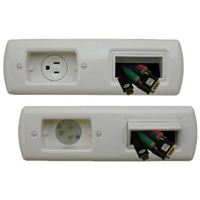 Very shortly after buying the projector, I built a simple shelf mount for it. It was easier and cheaper than hanging it from the ceiling and the Epson 8350 has awesome lens shift so I was still able to get the picture in the right spot. However, the cables were left dangling down the wall. I finally got around to fixing that this past weekend.
Very shortly after buying the projector, I built a simple shelf mount for it. It was easier and cheaper than hanging it from the ceiling and the Epson 8350 has awesome lens shift so I was still able to get the picture in the right spot. However, the cables were left dangling down the wall. I finally got around to fixing that this past weekend.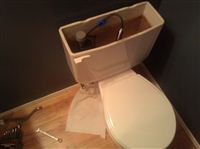 When the inspector went through this house, he noted that all of the toilets had very old gaskets that should be replaced. It wasn’t something we asked the homeowners to fix so I’ve been going through and getting them changed out. I’m far from an expert, but since I had a few issues that were solved by the Internet, I thought I’d give back some of the things I learned.
When the inspector went through this house, he noted that all of the toilets had very old gaskets that should be replaced. It wasn’t something we asked the homeowners to fix so I’ve been going through and getting them changed out. I’m far from an expert, but since I had a few issues that were solved by the Internet, I thought I’d give back some of the things I learned.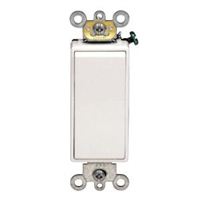
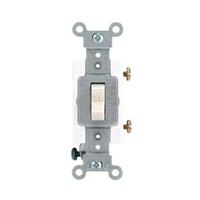
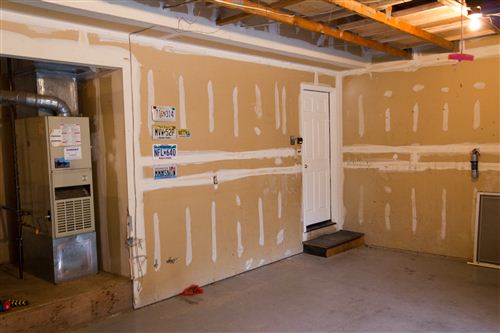
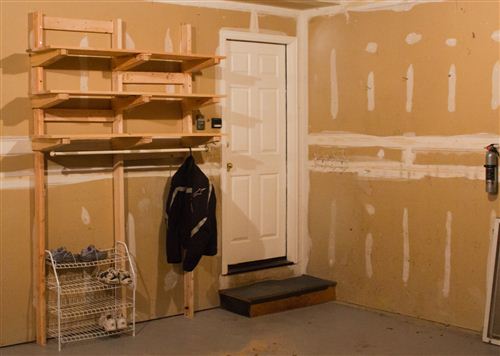
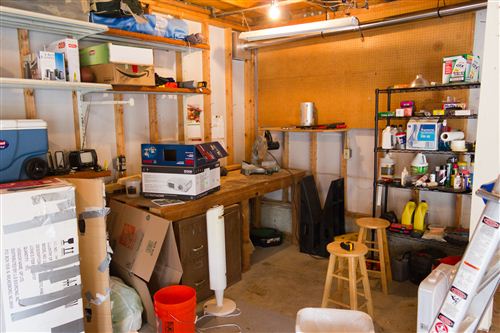
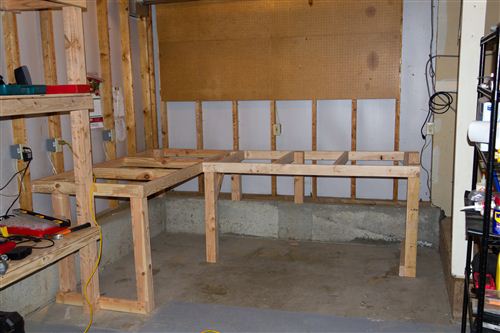
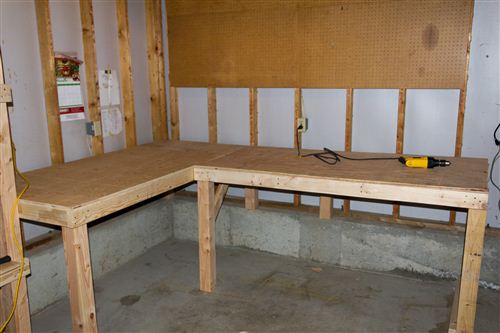
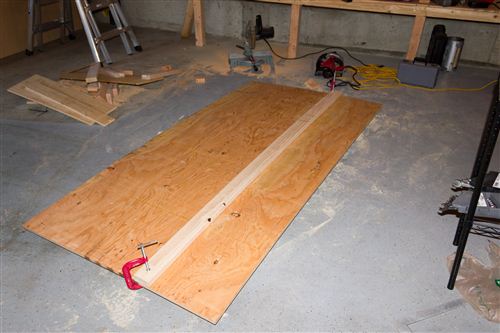
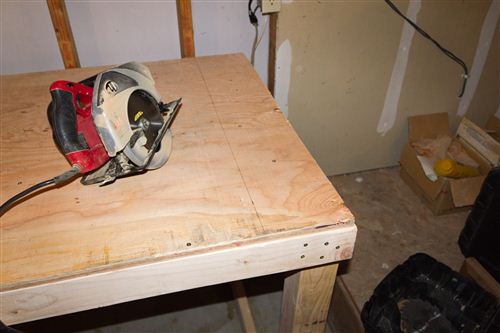
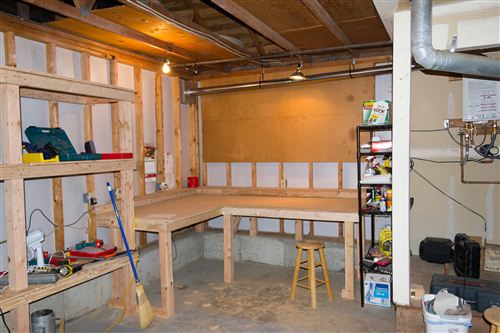
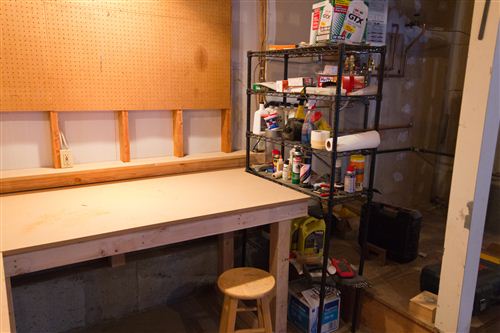
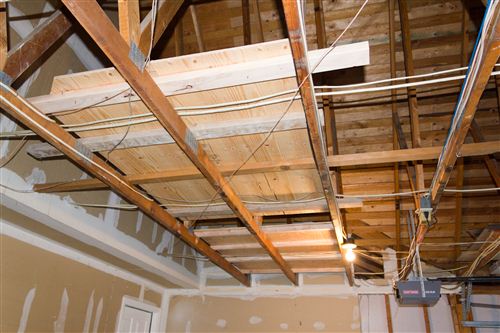
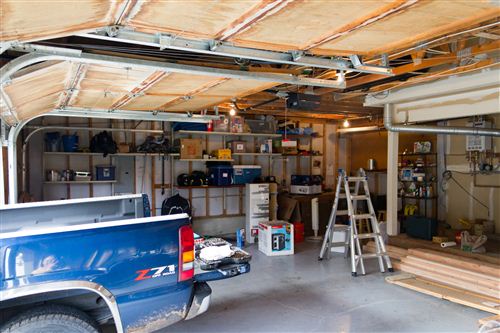
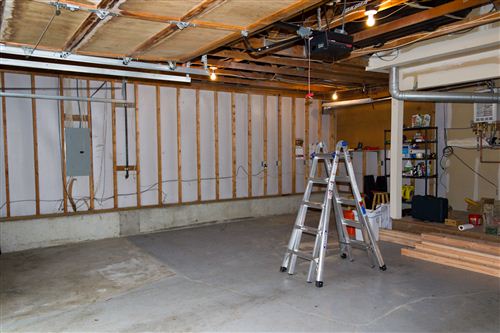
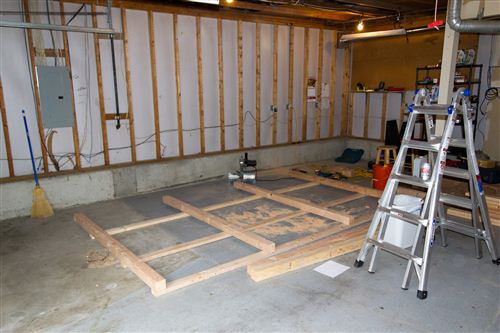
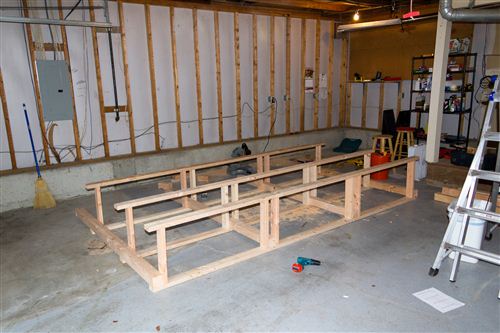
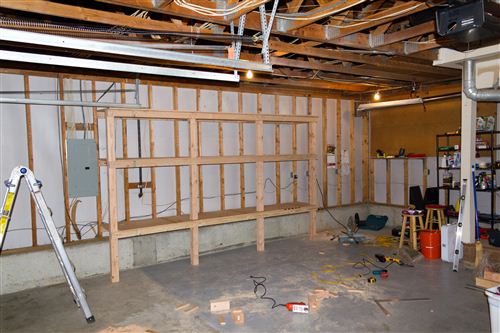
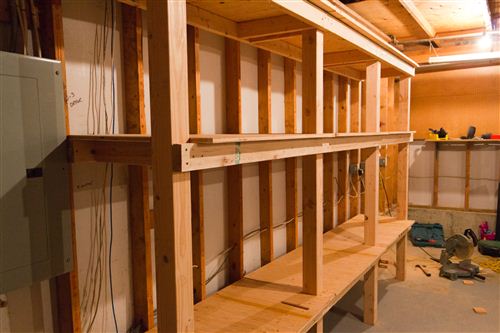
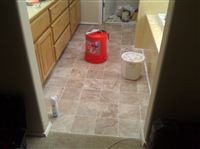 When we bought our house, the master bathroom had carpeting and no door. Odd, yes. There is a separate toilet room at the end of the bathroom and that part did have a door, but it’s still a bit weird to have someone watch you in the shower.
When we bought our house, the master bathroom had carpeting and no door. Odd, yes. There is a separate toilet room at the end of the bathroom and that part did have a door, but it’s still a bit weird to have someone watch you in the shower.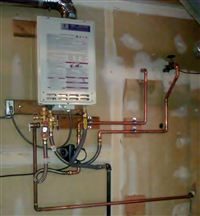 Our house came with a long list of appliances that needed to be replaced. Chelsea’s Dad, Brent, has a heating and cooling company (PMG Mechanical 206-624-5040) so I called him out to take a look at our water heater and furnace. His opinion about the water heater lined up with our inspector and a plumber that had been at the house: replace it soon. The furnace? That’s next year. Yeehaw.
Our house came with a long list of appliances that needed to be replaced. Chelsea’s Dad, Brent, has a heating and cooling company (PMG Mechanical 206-624-5040) so I called him out to take a look at our water heater and furnace. His opinion about the water heater lined up with our inspector and a plumber that had been at the house: replace it soon. The furnace? That’s next year. Yeehaw.